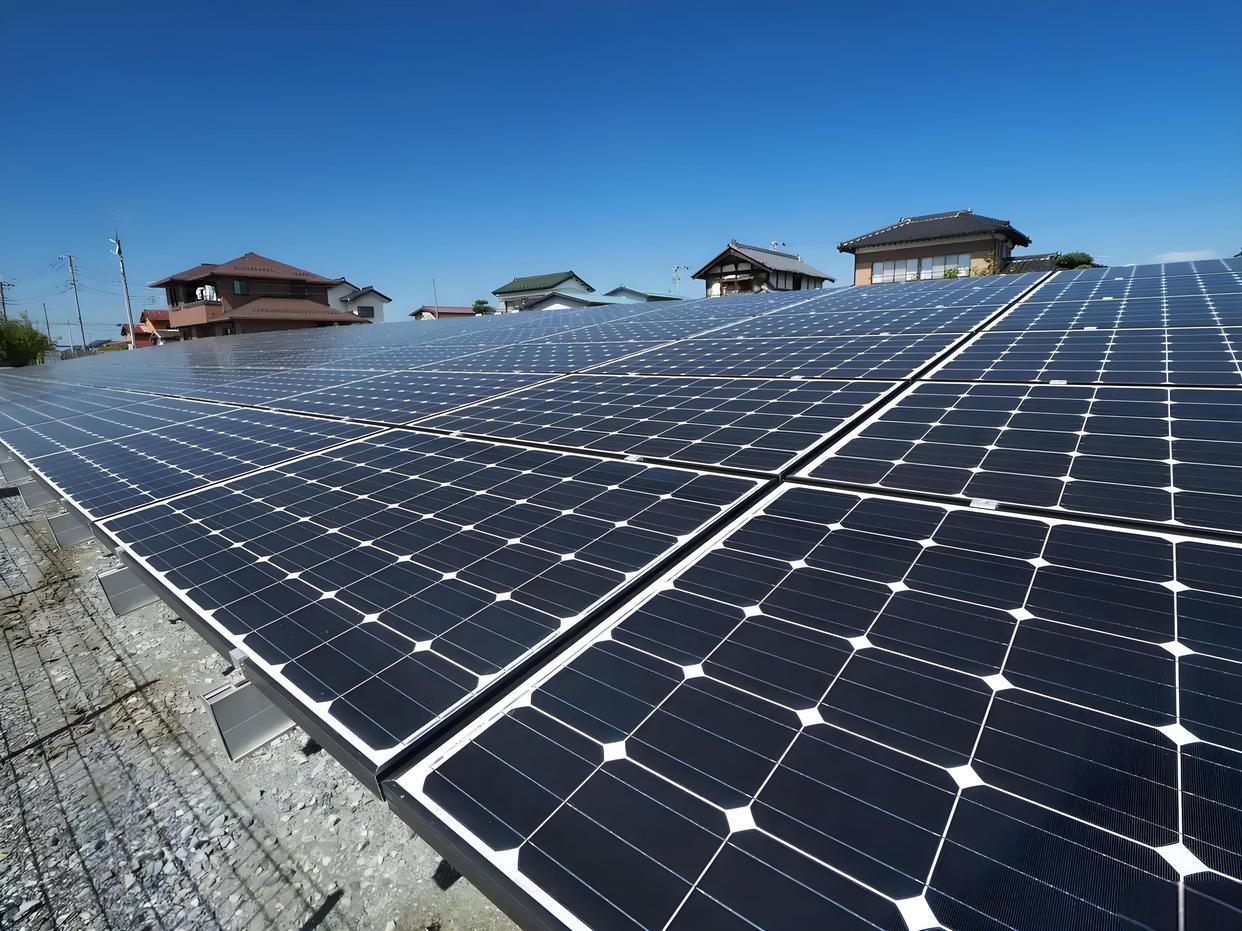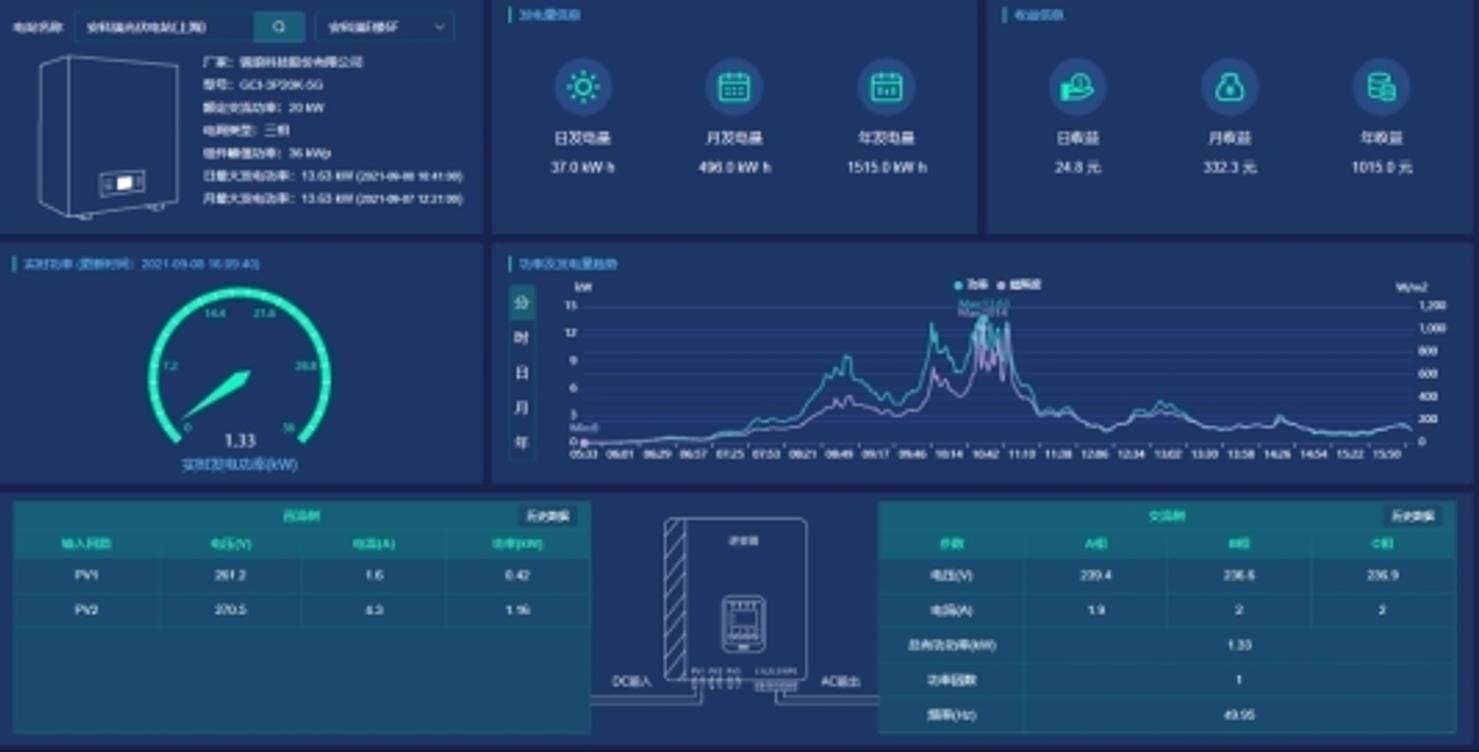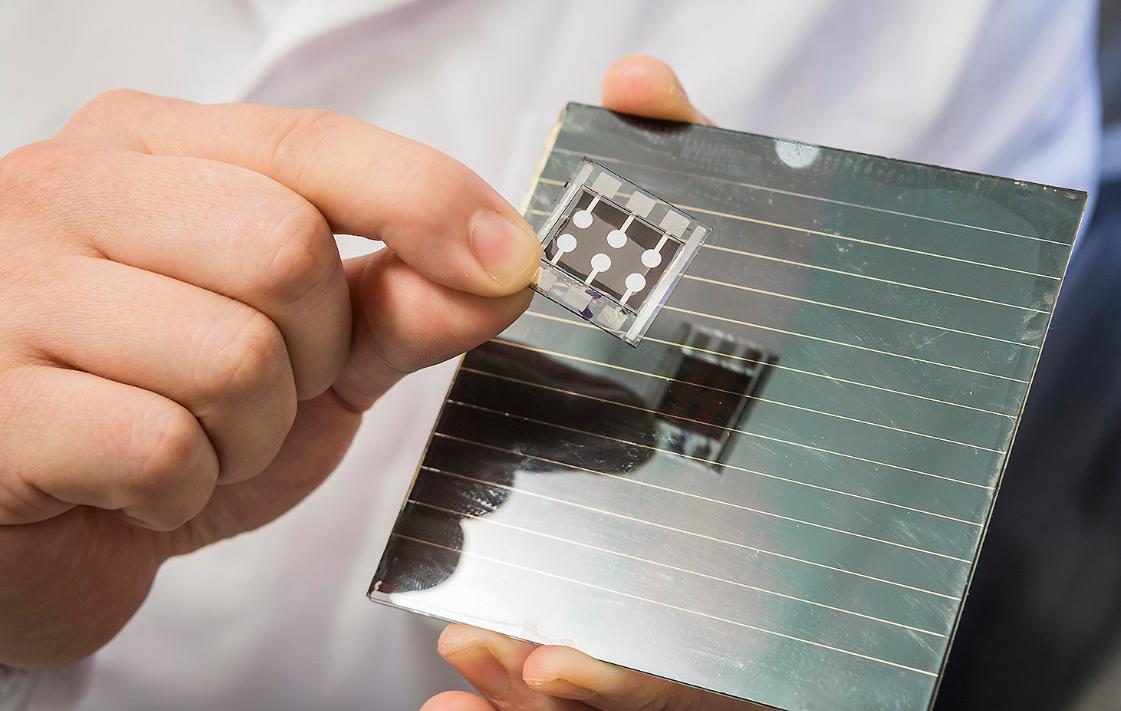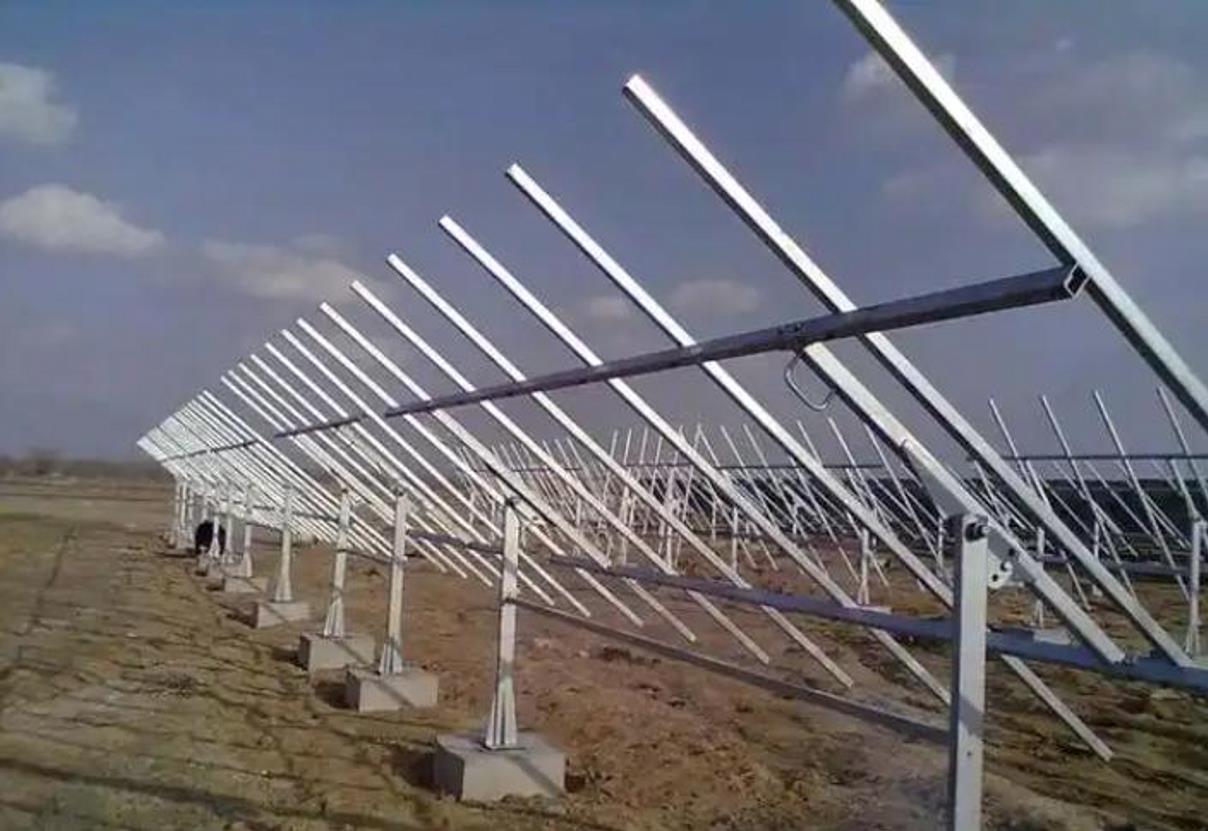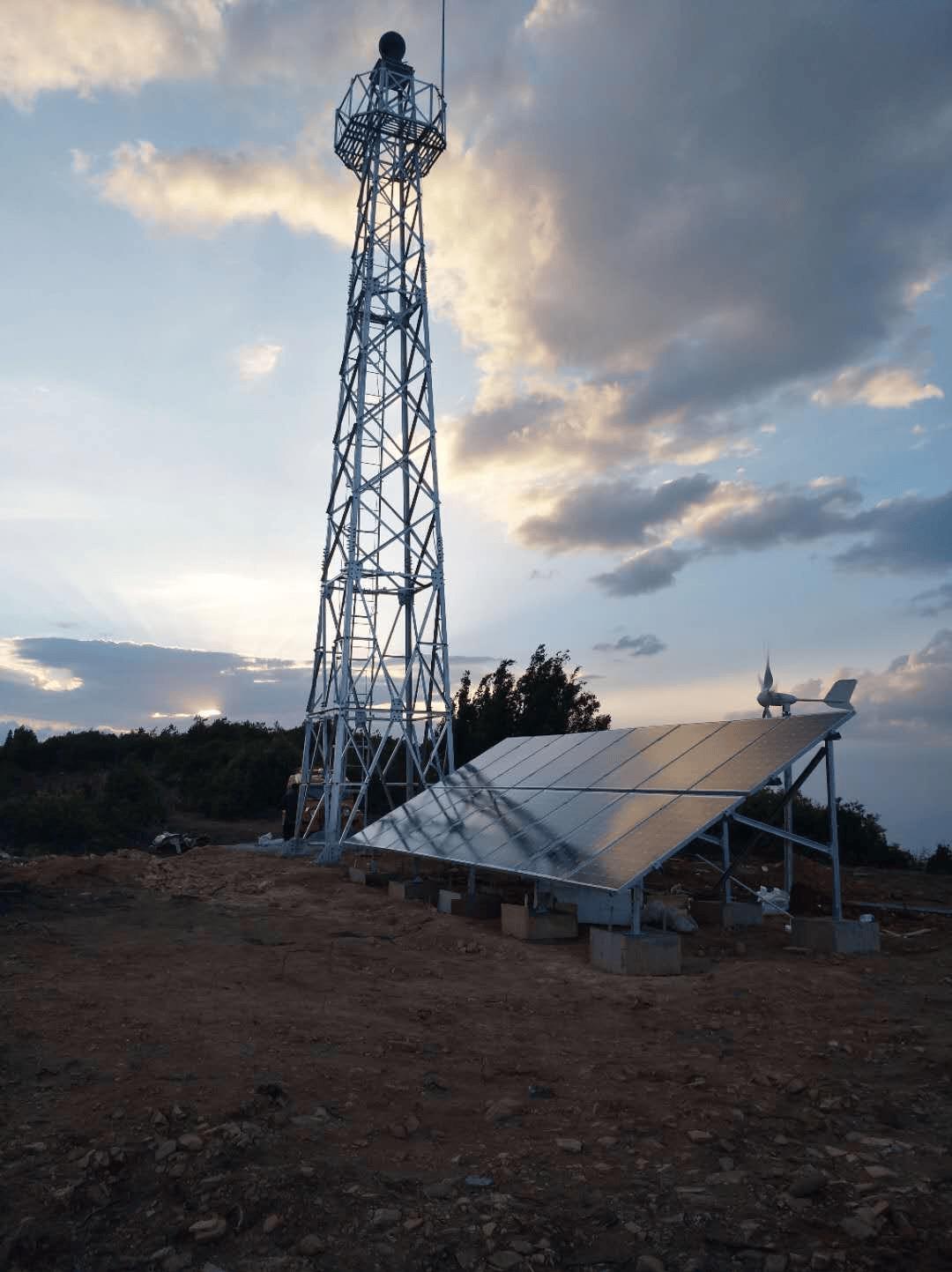In the context of the global energy transition today, the design of new energy photovoltaics, as a key force in promoting sustainable development, is leading the future energy landscape with its efficient and intelligent characteristics.
The efficiency of new energy photovoltaic design is first reflected in its technological iteration and innovation. With the continuous advancement of photovoltaic technology, the conversion efficiency of solar cells has increased from around 5% in the early days to over 20% currently. This significant improvement is attributed to research breakthroughs in fields such as materials science, nanotechnology, and semiconductor physics. For example, the widespread application of polycrystalline silicon and monocrystalline silicon cells has significantly reduced the cost of photovoltaic power generation, providing the possibility for large-scale promotion.
In terms of intelligence, new energy photovoltaic design is achieving more optimized energy management through intelligent systems. With the help of modern information technologies such as the Internet of Things, big data, and cloud computing, photovoltaic power generation systems can monitor power generation efficiency, equipment status, and environmental factors in real time, thereby achieving dynamic adjustments. This intelligent management not only improves power generation efficiency, but also reduces operation and maintenance costs, making photovoltaic energy more reliable and economical.
Here are some specific strategies for efficient and intelligent photovoltaic design:
1. Material innovation: The research and development of new photovoltaic materials is the key to improving the efficiency of photovoltaic power generation. For example, perovskite solar cells are becoming a research hotspot due to their excellent photoelectric conversion efficiency and low-cost production potential.
2. Structural optimization: Through innovative photovoltaic bracket and roof design, the lighting area of photovoltaic modules can be maximized while reducing costs. For example, adjustable angle brackets can adjust the orientation and tilt of photovoltaic modules in different seasons to adapt to different lighting conditions.
3. System integration: By combining photovoltaic power generation with other renewable energy sources such as wind energy and energy storage systems, a comprehensive energy supply system can be formed to improve energy utilization efficiency.
4. Intelligent control: Through intelligent control systems, automatic optimization of photovoltaic power generation systems can be achieved, such as automatic tracking of the sun’s position, automatic adjustment of power generation, etc.
5. Policy support: The government encourages the development of the photovoltaic industry through subsidies, tax incentives, and other policies, reducing the cost of photovoltaic power generation and improving market competitiveness.
The efficient and intelligent path of new energy photovoltaic design is not only related to energy transformation, but also to the sustainable development of human society. In the process of exploring this path, we need to constantly innovate, optimize technology, promote policy support, and jointly build a clean, efficient, and sustainable energy future.
Multifit solar has been committed to researching photovoltaics for many years, with a professional R&D and sales team. Various photovoltaic products are exported to multiple countries at home and abroad, and have received high praise from numerous customers. In the future, we will continue to shine in the field of new energy, bringing more green and clean energy to humanity.
Post time: Jun-24-2025


